Table of Contents
In pandemic crisis, bridging the gulf with West Asia
- The pandemic has initiated a reverse migration of Indian blue-collar workers as projects in oil-rich States stall, and infrastructure development halts amidst a contracting global economy that some say may be worse than the Great Depression of the 1930s.
- Overall, an estimated figure of close to nine million Indians work in West Asia, responsible for sending back more than 56% of India’s annual infusion of $80 billion in remittances.
- The UAE alone is responsible for $19 billion in remittances, being the third largest trade partner of India after the United States and China.
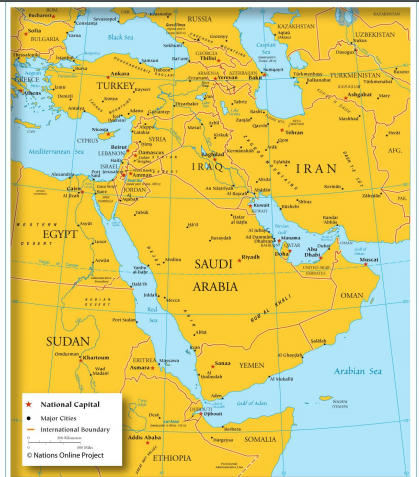
- The oil price crash will carry massive costs to the West Asian economies, and, by association, to foreign workers employed there.
- According to a Dubai Chamber of Commerce & Industry survey, more than 70% of businesses classified as small and medium-sized enterprises in Dubai, many owned by Indian nationals, may not survive over the months to come as labour critical industries such as tourism, conventions, hospitality and airlines bear the immediate brunt.
- To put it in perspective, according to a 2019 U.S.-U.A.E. Business Council report, the UAE’s hospitality sector itself contributes 4.6% of the country’s GDP, making nearly 600,000 jobs that are mostly fulfilled by foreign workers.
- Some reports suggest that up to 30% of these jobs could be lost.
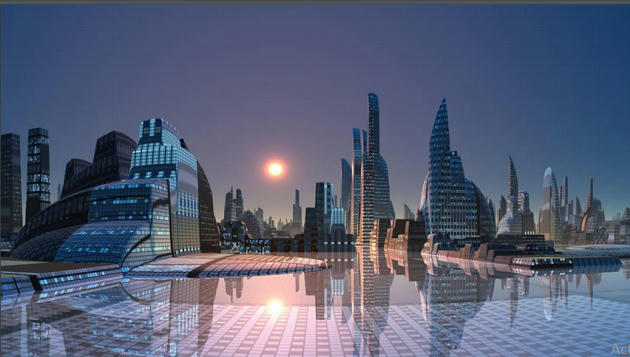
Oil and investment
- India gets around 60% of its hydrocarbon requirements from West Asia.
- On an annualised basis, India saves up to $1.35 billion for each $1 drop in oil prices.
- With Brent still hovering under $40, the softening oil prices have helped cushion the impact of the national lockdown on the balance of payments.
- India has also taken advantage of the low prices to build up its strategic reserves and is looking at offshore storage options.
- The major sovereign wealth funds and other financial institutions in West Asia have been hit hard by COVID-19 as well.
- A strong, positive message to West Asian investors from New Delhi is now the need of the hour.
Steps to take
- As a starting point, working with the government of Maharashtra to expedite land acquisition for the $50 billion mega-refinery project could be an important first step.
- Saudi Aramco and the Abu Dhabi National Oil Company have committed to investing $25 billion in the project.
- Fast-track resolution of endless litigation that has bedevilled the sale of a major stake of Mumbai airport by GVK to a consortium that includes the UAE sovereign fund, Abu Dhabi Investment Authority (ADIA) will also send out a positive signal to the markets.
- The government has announced that it has set up an empowered group headed by Cabinet Secretary Rajiv Gauba to take necessary steps to attract FDI into India. Hopefully, this mechanism can take up West Asia on priority.
- The government has tried to soften the blow by launching the Skilled Workers Arrival Database for Employment Support (SWADES) which attempts to capture the skills profile of returning workers and house them in a central portal that can be accessed by Indian and foreign companies.
- However, much more needs to be done with regard to reverse-migration and the economics attached to it, as globally, bilateral and multilateral trade-diplomacy is set to witness a tectonic shift towards the unknown.
Remaining non-aligned is good advice
- India-China stand-off dominated newspaper headlines.
- Talks at the level of military commanders, from lieutenant generals to brigadiers and lower formations, have produced, to repeat the official jargon, a “partial disengagement”.
- China’s sizeable military presence along the LAC, (comprising armoured vehicles, artillery units and infantry combat vehicles in far larger numbers than at any time in recent years).
- India needs to undertake a detailed analysis of recent events to find proper answers to many vexed questions.
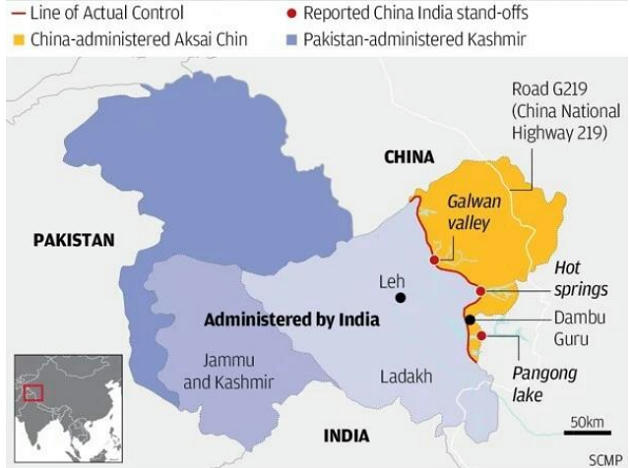
- To merely affirm that India’s decision to strengthen its border infrastructure was the main trigger for the recent show of strength by China, would be simplistic.
- Mr. Xi is not known to act irresponsibly.
- There have to be far weightier reasons for China’s actions.
- Existence of certain geopolitical factors
- An increase in bilateral tensions between India and China
- Economic pressures
- China’s internal dynamics
- India under American orbit of influence.
- India is today a member of the Quad (the U.S., Japan, Australia and India) which has a definite anti-China connotation.
- U.S. President Donald Trump’s latest ploy of redesigning the G-7.
- A recent editorial in China’s Global Times confirms how seriously China views the growing proximity between Delhi and Washington.
- On the eve of the recent high-level border talks between top military leaders, China again made an elliptical reference to the need for India to maintain equidistance between the U.S. and China.
- India is almost the last holdout in Asia against China’s Belt Road Initiative (BRI).
- India also loses no opportunity to declaim against the China-Pakistan Economic Corridor (CPEC).
- China further views India’s assertions regarding Gilgit-Baltistan, as an implicit attack on the CPEC, China’s flagship programme.
- More recently, India was one of the earliest countries to put curbs and restrictions on Chinese foreign direct investment.
- Adding to this, is the rising crescendo of anti-China propaganda within India.
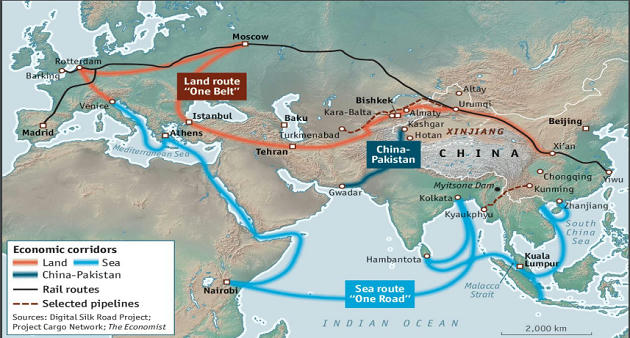
- Mr. Xi has, no doubt, accumulated more power than any other Chinese Communist leader since Mao.
- There are reports of growing opposition within party ranks to some of his policies, including the BRI.
- Most serious health crisis.
- Chinese economic miracle is also beginning to lose steam.
History and the present
- These are dangerous times, more so for countries in China’s vicinity, and specially India.
- India is being increasingly projected as an alternative model to China, and being co-opted into a wider anti-China alliance which China clearly perceives as provocation.
- We cannot ignore or forget the circumstances that led to the unfortunate India-China war of 1962.
- India has consistently followed a different policy in the past, and it is advisable that it remains truly non-aligned and not become part of any coalition that would not be in India’s long-term interest.
Helping the helpers
- Domestic work is one of the biggest employers in India’s large informal economy, especially in urban areas.
- It is also one of the largest employers for women.
- There are no special economic packages for domestic workers unlike, say, for construction workers.
- The income of domestic workers is 50% of the total household income.
- It is important to recognise that these households were vulnerable even before the COVID-19 outbreak.
- On the eve of March 25, the average holding of rice and wheat in each household was less than 8 kg.
- On an average households had operational savings worth barely 15 days with most households reporting only 10 days worth of operational savings.
- Borrow money to ride through the lockdown period.
- To make matters worse, according to the participants of the survey, rents have not been forgone but deferred.
- Non-negotiable expenses such as milk, vegetables, fuel, oil and masalas cost them ₹100 per day.
- The average due across 500 households was about ₹8,700.
- 25% of the workers saying they were asked not to return to work. Another 25% were unsure if they would be called back.
- Domestic workers will first have to be recognised and workers have to be enrolled in government registers.
- Absent social protection nets.
Lessons for Yogi from Gandhi and Lee
- Uttar Pradesh Chief Minister Yogi Adityanath is determined to bring all migrant workers back to his State.
- He says he does not want U.P.’s citizens to migrate in future.
- Lee declared that Singapore would become the first ‘developed’ country in Asia, when it was founded in 1965.
- U.P. is more complex than Singapore. Singapore is a city state with about 6 million citizens, while U.P., with a population of more than 200 million, has dozens of towns and thousands of villages.
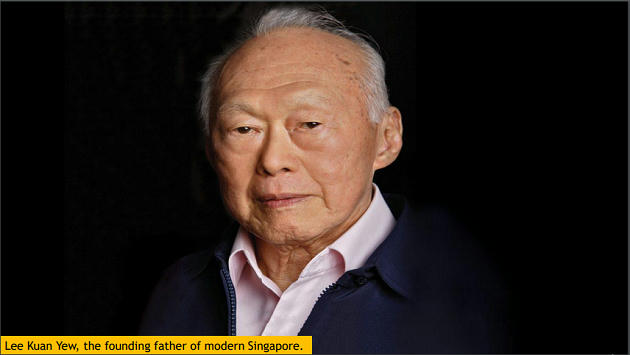
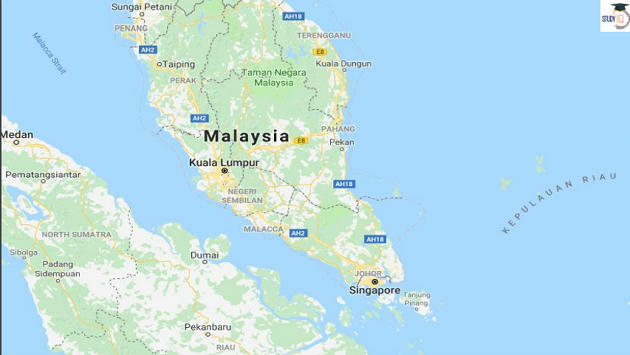
- Singapore did not have any natural resources, like oil or minerals, which it could sell to the West to bring in money for its citizens.
- All that it could offer large Western companies to use was its strategic location on shipping routes between the East and West, and its people.
- He did not want big companies to merely set up labour-intensive assembly factories. Lee wanted wages to rise in Singapore, so that per capita incomes would rise.
- Lee turned to J.R.D. Tata to set up a training centre and a precision tool room in partnership with the Singapore government, and help build foundations for Singapore’s industrial growth.
- The rules of globalisation have made life easy for migrant capital, not for migrant labour.
- Governments must listen to and care for their citizens and workers more than to investors.
- Gandhi said that unless people in India’s villages have economic and social freedom, India cannot be a free country.
- Above all, he believed that the economy must serve human needs, rather than human beings becoming fodder for the GDP.
- This was a vision that Lee Kuan Yew had too: for him, the ultimate measure of Singapore becoming fully developed was not the size of its GDP, but the incomes of its citizens.
- Human beings and local communities must be the means for human progress — and their well-being must be the purpose of progress too.
- Governance must be strengthened at the local level, in villages and cities.
- Wealth is good, but wealthy people must be only trustees of a community’s wealth, and not its owners.
- The alienation of owners from workers must be reduced with the creation of new models of cooperative capitalist enterprises, where the workers, not remote capitalists, or the state, are owners of the enterprises.
NEWS
- Prime Minister Narendra Modi to interact with the Chief Ministers of all states and Union territories today and tomorrow.
- He will interact with them through video conferencing. This will be the sixth meeting of the Prime Minister with the chief ministers since the announcement of nationwide lockdown in March.
- Today, Prime Minister will interact with 21 States and Union Territories.
- These include Punjab, Assam, Kerala, Uttrakhand, Jharkhand, Chhattisgarh, Tripura, Himachal, Chandigarh, Goa, Manipur, Nagaland, Ladakh, Puducherry, Arunachal, Meghalaya, Mizoram, Andaman and Nicobar Islands, Dadar Nagar Haveli and Daman Diu, Sikkim and Lakshadweep.
- On Wednesday, the Prime Minister will interact with 15 States and Union Territories namely – Maharashtra, Tamil Nadu, Delhi, Gujarat, Rajasthan, Uttar Pradesh, Madhya Pradesh, West Bengal, Karnataka, Bihar, Andhra Pradesh, Haryana, Jammu And Kashmir, Telangana and Odisha.
- HM and all party meeting
- Home Minister Amit Shah has said NDA government will take all necessary steps to check the spread of COVID-19 in Delhi.
- Mr. Shah said everyone has to stand united under the leadership of Prime Minister Narendra Modi in this fight against the pandemic.
- He appealed to all political parties to ensure that decisions are implemented in earnest at the ground level.
- He called on the parties to mobilise their party workers to help implement the decisions taken by the Centre for the welfare of the people of Delhi.
- He appealed to all parties to rise above political differences in the interest of the people.
- Lok Nayak Jai Prakash Narayan Hospital in New Delhi
- Home Minister Amit Shah paid a surprise visit to Lok Nayak Jai Prakash Narayan Hospital in New Delhi today to review arrangements related to COVID-19.
- During the review meeting, Mr Shah directed the Delhi Chief Secretary Vijay Dev to install CCTV cameras in Corona wards of every Corona hospital, so that there is proper monitoring and problems of patients can also be resolved.
- Mr Shah also directed the Delhi Chief Secretary that back-ups for canteens supplying food should also be established, so that in case there is an infection in one canteen, patients can continue to get food without disruption.
- Mr Shah also directed that psycho-social counselling of doctors and nurses engaged in their service to humanity through the treatment of Corona patients should also be done.
- He said, this will ensure that they are not only physically fit but are also psychologically fit to fight the pandemic.
- Indian Council of Medical Research recommends
- Indian Council of Medical Research, ICMR has recommended the use of rapid antigen test kits for diagnosis of COVID-19 in containment zones and healthcare settings in combination with the RT-PCR test.
- The kits will allow faster diagnosis without laboratory examination.
- Rapid antigen test kit is a rapid chromatographic immuno assay for qualitative detection of specific antigens to SARS-CoV-2. It has been developed by a South Korea based company.
- ICMR said in an advisory that suspected individuals who test negative for COVID-19 by rapid antigen test should be tested sequentially by RT-PCR to rule out infection, whereas a positive test should be considered as a true positive and does not need reconfirmation by RT-PCR test.
- Recovery rate from COVID-19 infection
- The Union Health Ministry has said that the recovery rate from COVID-19 infection has improved futher and it has now reached 51.08 per cent.
- The Ministry said, during the last 24 hours 7,419 COVID-19 infected pesons were cured.
- So far a total of one lakh 69 thousand 797 such persons have been cured from COVID-19.
- Mahrashtra signs MoUs with 12 global corporations
- Even as Maharashtra continues to battle coronavirus, the state government is leaving no stone unturned to revive the economy.
- The state government today signed Memorandum of Understanding-MOUs with 12 global corporations from USA, China, South Korea and Singapore and India.
- Some of the prominent companies investing in Maharashtra include Great Wall Motors Company, API Motors, United Phosphorus and ExxonMobil.
- The Memorandum of Understanding worth 16,100 crore rupees were signed for various developmental projects in information technology, I-T enabled services, automobile, oil and petroleum, chemicals, logistics and food processing sectors.
- The state’s industries department has informed that about 40,000-acre land has been earmarked for these projects.
- International Yoga Day
- In view of the COVID-19 pandemic, this year’s International Yoga Day on 21st of June, will be celebrated on digital media platforms and there would be no mass gatherings.
- This year’s theme is ‘Yoga at Home and Yoga with Family‘.
- The Ministry of Ayush has appealed to people the world over to join for the Yoga performance on the occasion of 6th International Day of Yoga on 21st June at 7:00 AM from their homes.
- India-Pakistan
- Pakistan Charge d’Affaires Syed Haider Shah was summoned to the Ministry of External Affairs and demarched on the reported arrest of two officials of the High Commission of India in Islamabad as reported in the Pakistan media.
- Sources said the demarche to the Pakistan Charge d’Affaires made clear that there should be no interrogation or harassment of the Indian officials.
- The responsibility for the safety and security of the concerned diplomatic personnel lay squarely with the Pakistani authorities.
- The Pakistan side was asked to return the two officials along with the official car to the High Commission immediately.
Download Free PDF – Daily Hindu Editorial Analysis






















 WhatsApp
WhatsApp